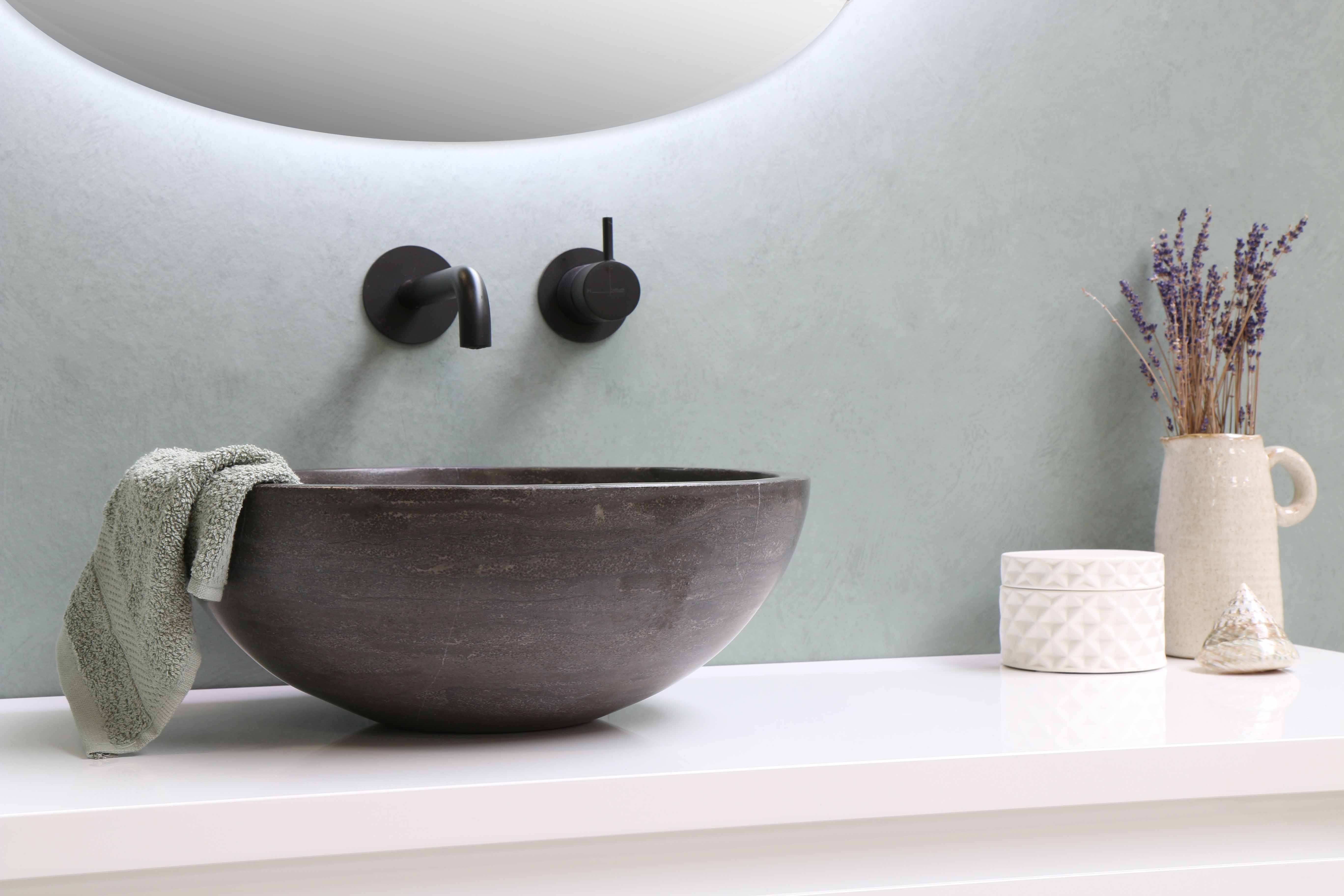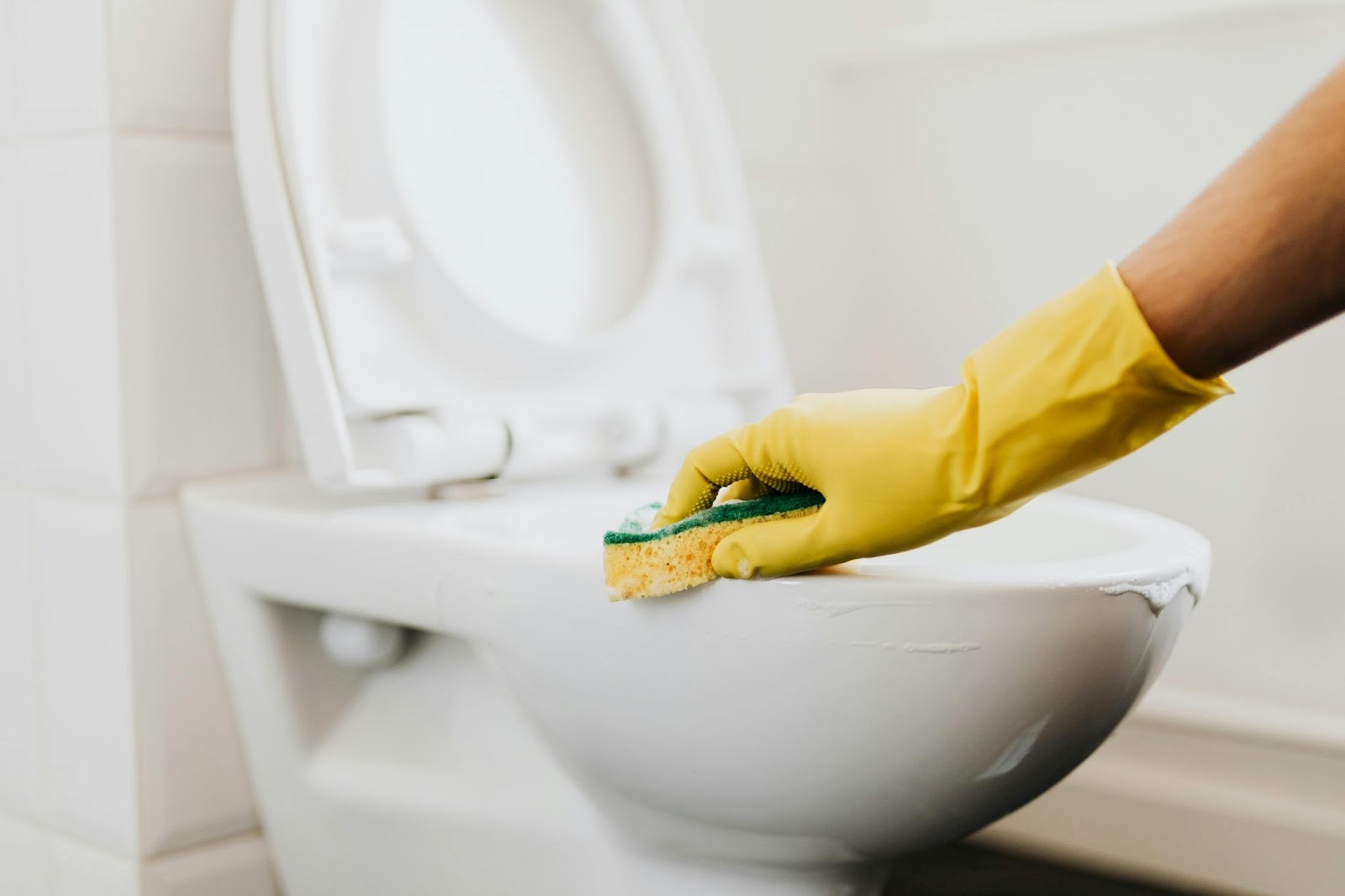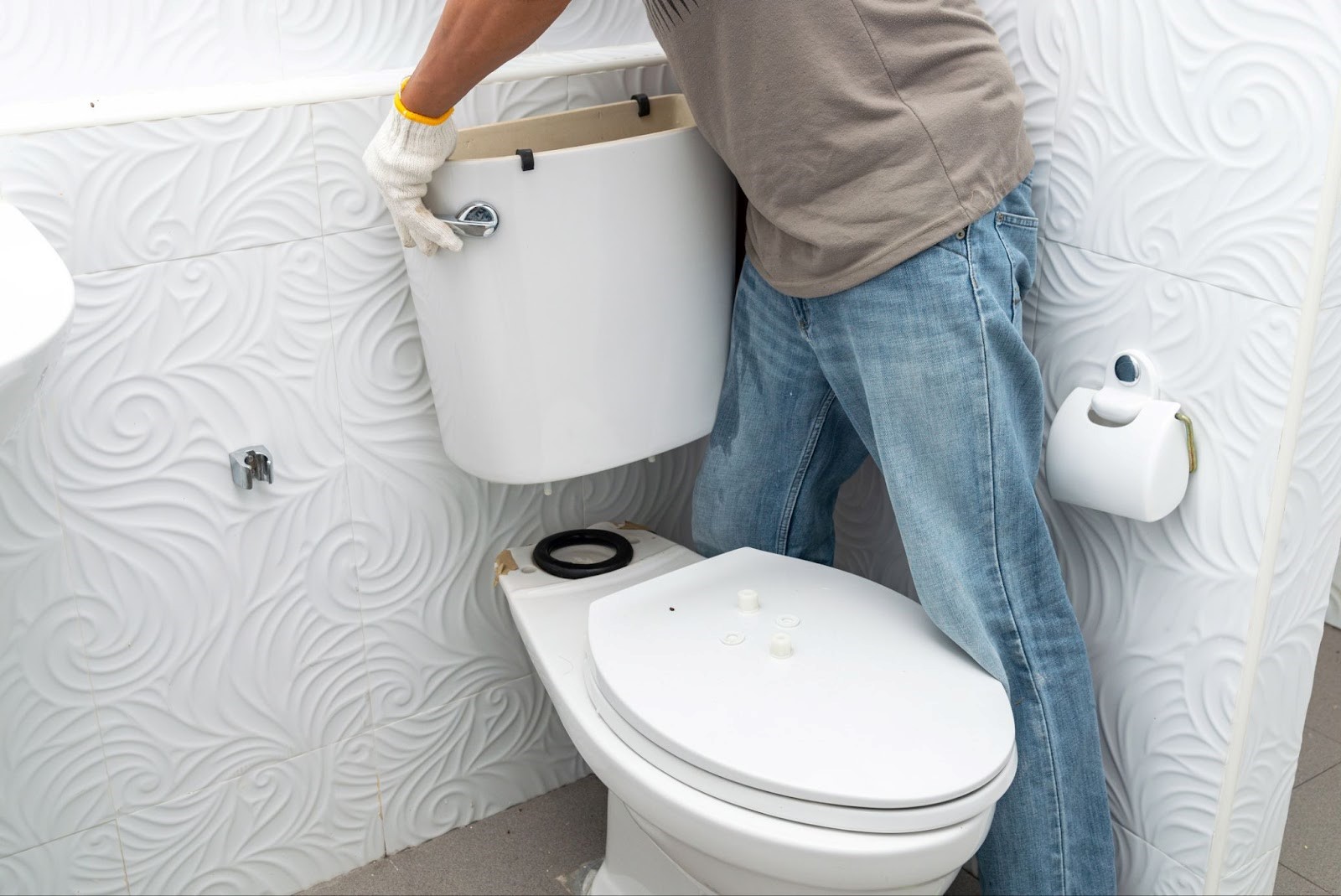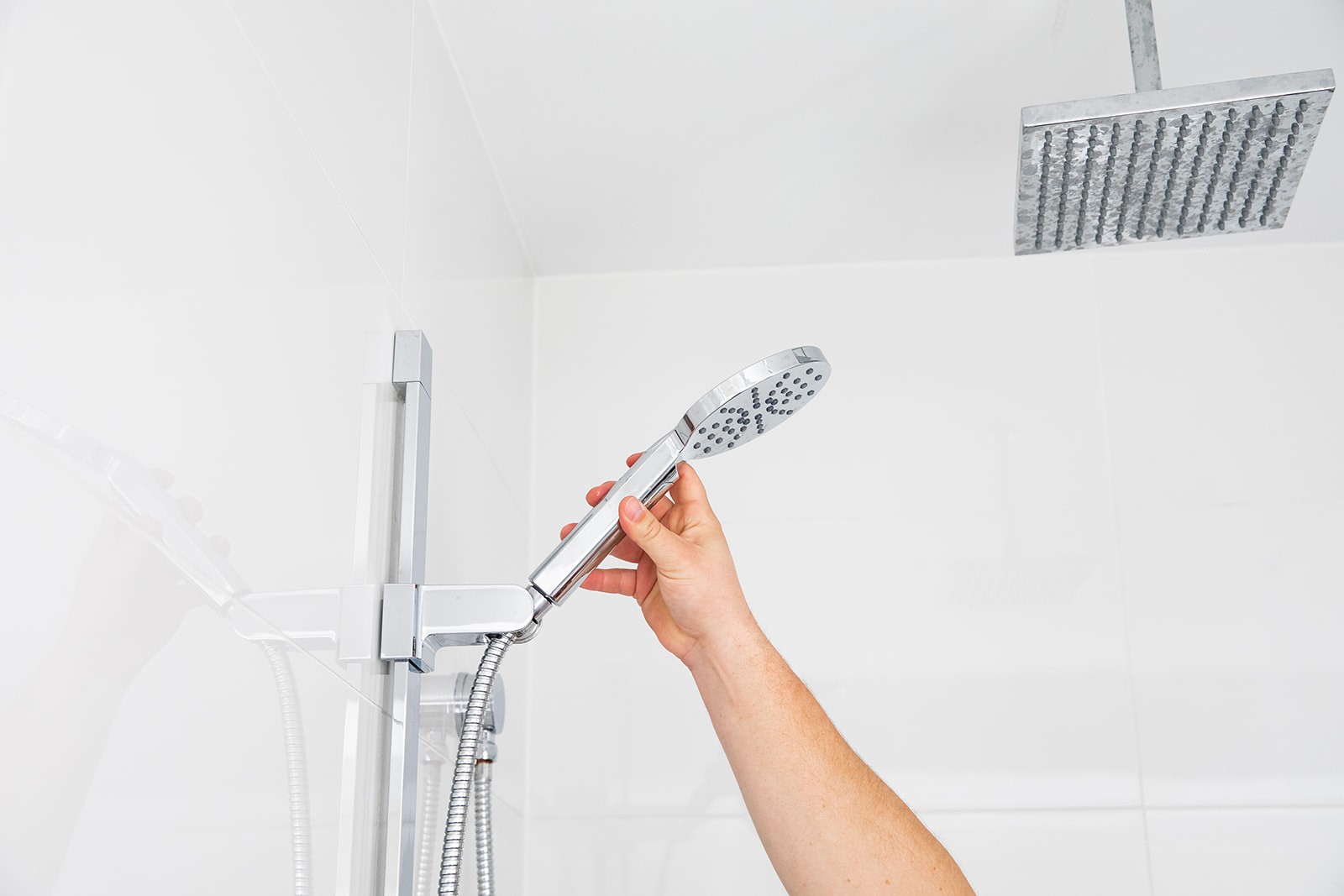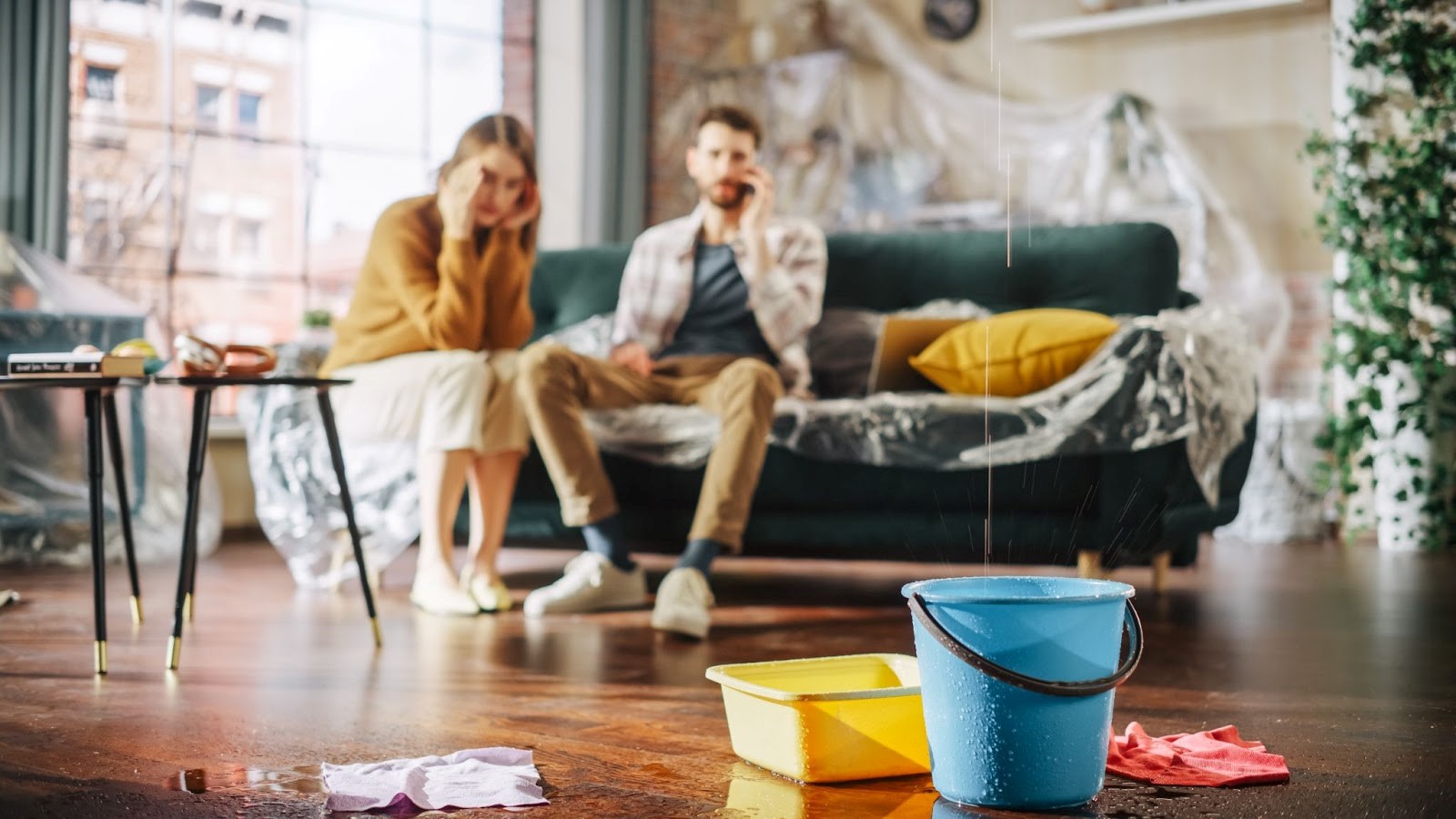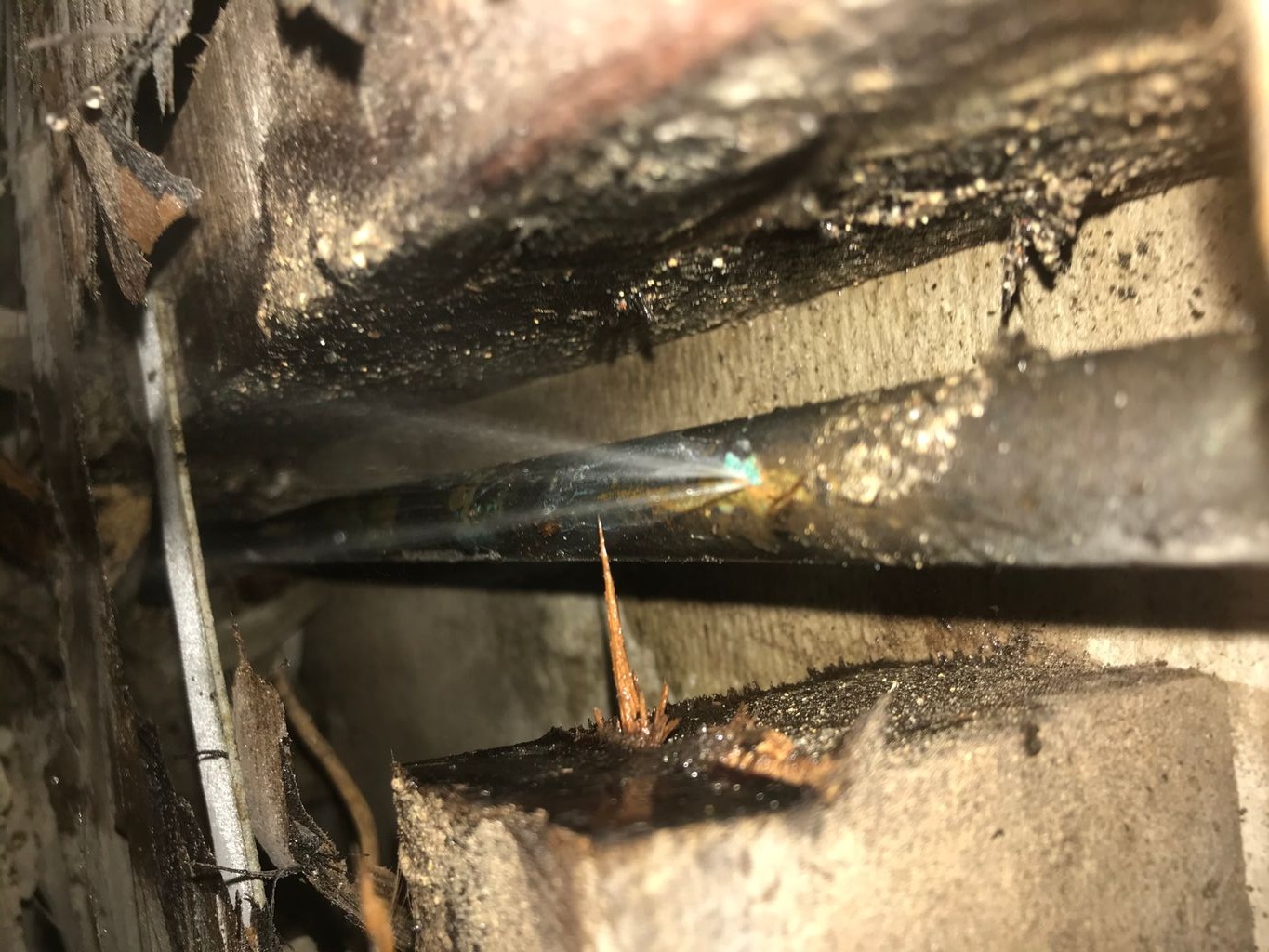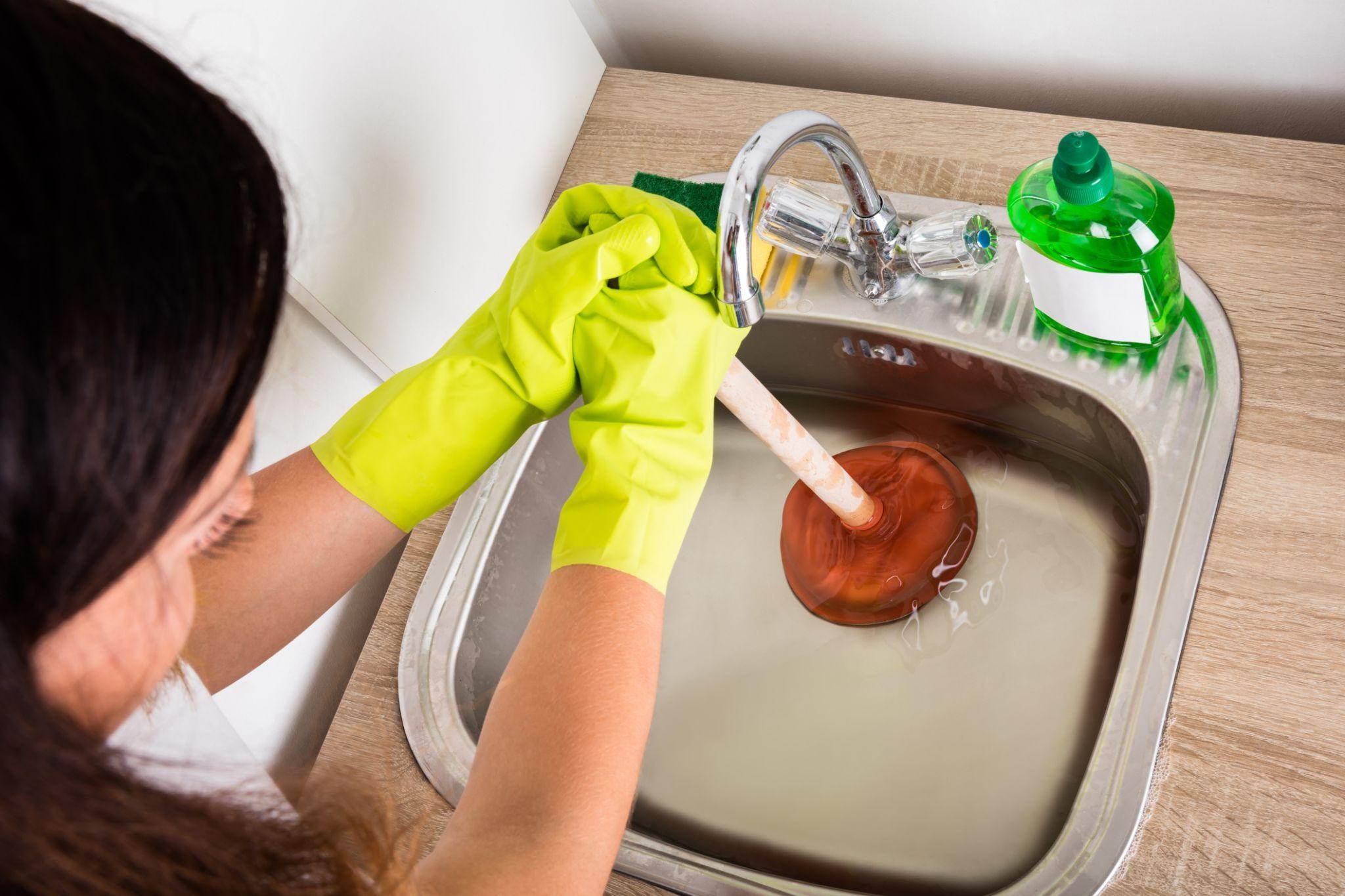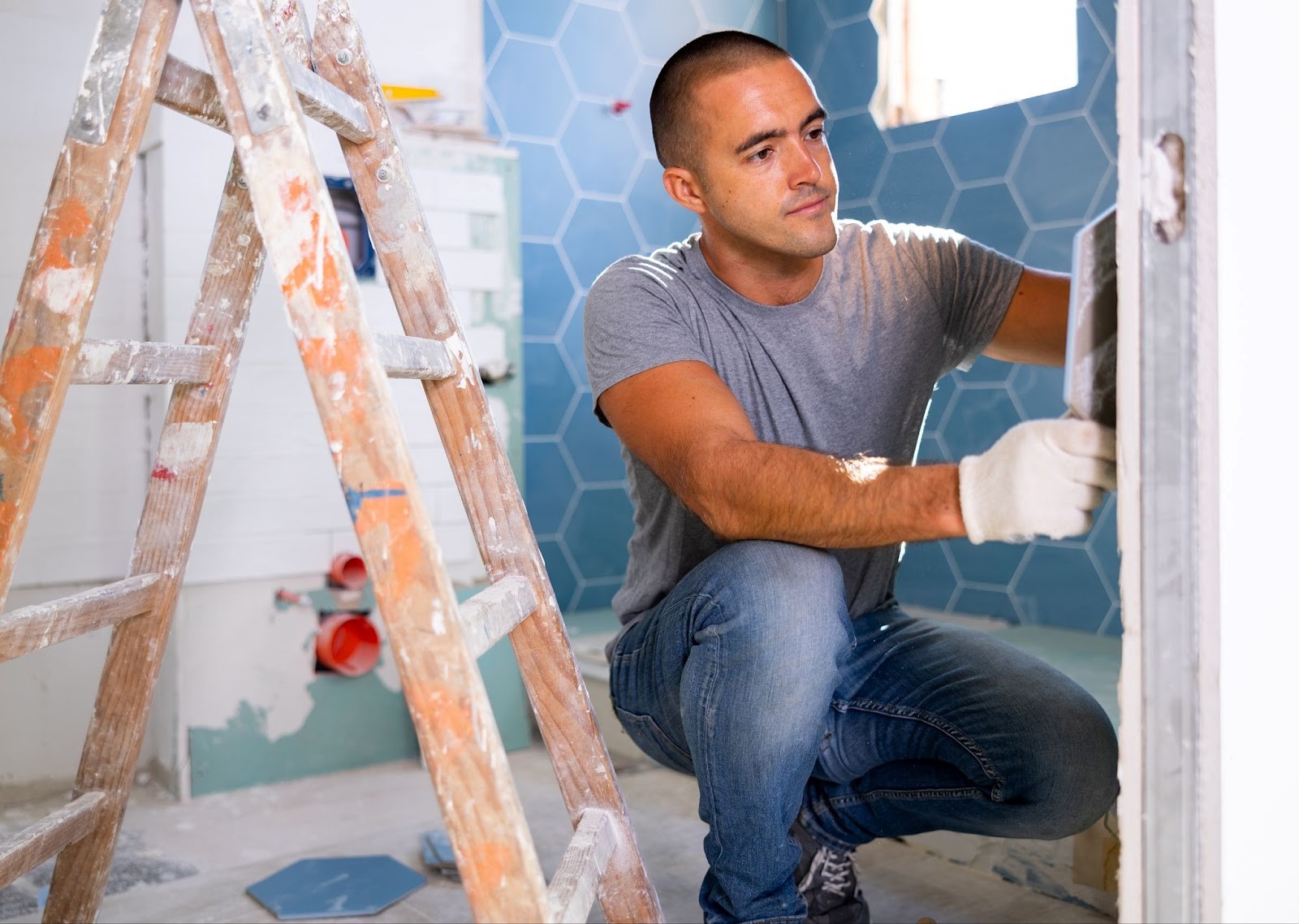In this guide, we delve into the world of plumbing fixtures. Whether you’re a homeowner looking to update or simply curious about the nitty-gritty of these essential home fixtures, we’ve got you covered.
DCM Plumbing is the best plumber on the Gold Coast. We are available 24/7 for all your plumbing needs. With over 900 5* Google reviews and 35 years of experience, we are known as the best for a reason. Got a blocked drain? Need help with leak detection? Want to learn how to clear a blocked drain? We can help.
What are fixtures in plumbing?
Plumbing fixtures are devices or components that are connected to a plumbing system to deliver and drain water. They serve various purposes in residential, commercial, and industrial settings, such as providing water for drinking, washing, bathing, and waste disposal.
The types of plumbing fixtures
The types of plumbing fixtures in your home include:
- Taps: These control the flow of water from pipes and are found in sinks, showers, bathtubs, and outdoor spigots
- Sinks and basins: These are basins that hold water for washing hands, dishes, and other items. Sinks are commonly found in kitchens, bathrooms, and laundry rooms.
- Toilets: These fixtures are designed for human waste disposal and are connected to sewer or septic systems.
- Bathtubs and showers: These fixtures provide a space for bathing or showering, with bathtubs usually having a built-in or separate faucet, while showers have a shower head connected to a water source.
- Bidets: These are used for washing oneself after using the toilet, and they typically have a tap or nozzle for delivering water.
- Spigots: These outdoor taps allow for the connection of garden hoses and are used for tasks like watering lawns, washing cars, or filling pools.
- Water heaters: Although not a fixture itself, water heaters supply hot water to various plumbing fixtures like taps, showers, and bathtubs.
- Traps, drains, and food waste disposers: These are essential components of a plumbing system that help to remove wastewater, dispose of food waste, and prevent sewer gases from entering a building.
These fixtures are typically made from materials such as porcelain, stainless steel, brass, or plastic, and they come in a wide range of styles and designs to suit different needs and preferences.
How to choose plumbing fixtures
When looking at how to choose plumbing fixtures for your home, there are many factors to consider. These factors will help you make informed decisions and ensure that your home’s plumbing system functions efficiently and effectively.
- Functionality: Choose fixtures that meet your specific needs and preferences. For example, if you have limited mobility or accessibility concerns, consider installing grab rails, walk-in bathtubs, flick mixer taps or touchless taps.
- Quality and durability: Opt for high-quality, durable fixtures that are less likely to wear out, leak, or break over time. Investing in reputable brands and materials can save you money in the long run by reducing the need for repairs or replacements.
- Compatibility: Ensure that the new fixtures are compatible with your existing plumbing system. This may involve checking pipe sizes, connections, water pressure requirements, and other specifications.
- Style and design: Select fixtures that complement the overall aesthetic of your home, taking into account the style, colour, and finish. Coordinating fixtures throughout your home can create a cohesive look and enhance your home’s appeal.
- Energy and water efficiency: Choose fixtures with water-saving features, such as low-flow taps, showerheads, and dual-flush toilets. These can help you conserve water and reduce your utility bills.
- Installation: Consider the complexity of installation for the new fixtures. Some updates may require the expertise of a professional plumber, while others can be completed as DIY projects.
- Budget: Establish a budget for your plumbing updates and prioritise which fixtures to replace based on factors such as age, condition, and impact on water usage.
- Local building codes and regulations: Familiarise yourself with any local building codes or regulations that may apply to your plumbing updates, as these can dictate specific requirements for fixture types, installation, and more.
- Warranty and support: Check the warranty provided by the manufacturer for the fixtures you plan to purchase. A good warranty can offer peace of mind and protect your investment in case of defects or issues.
By considering these factors, you can make informed decisions about updating your plumbing fixtures and ensure a successful, efficient, and aesthetically pleasing outcome.
Contact DCM Plumbing if you’re in doubt
If you’re not sure how to install your new plumbing fixtures, contact us today. We are the Gold Coast’s best plumbers with over 900 5* Google reviews and 35 years of experience and we can help you with all your plumbing maintenance needs.

